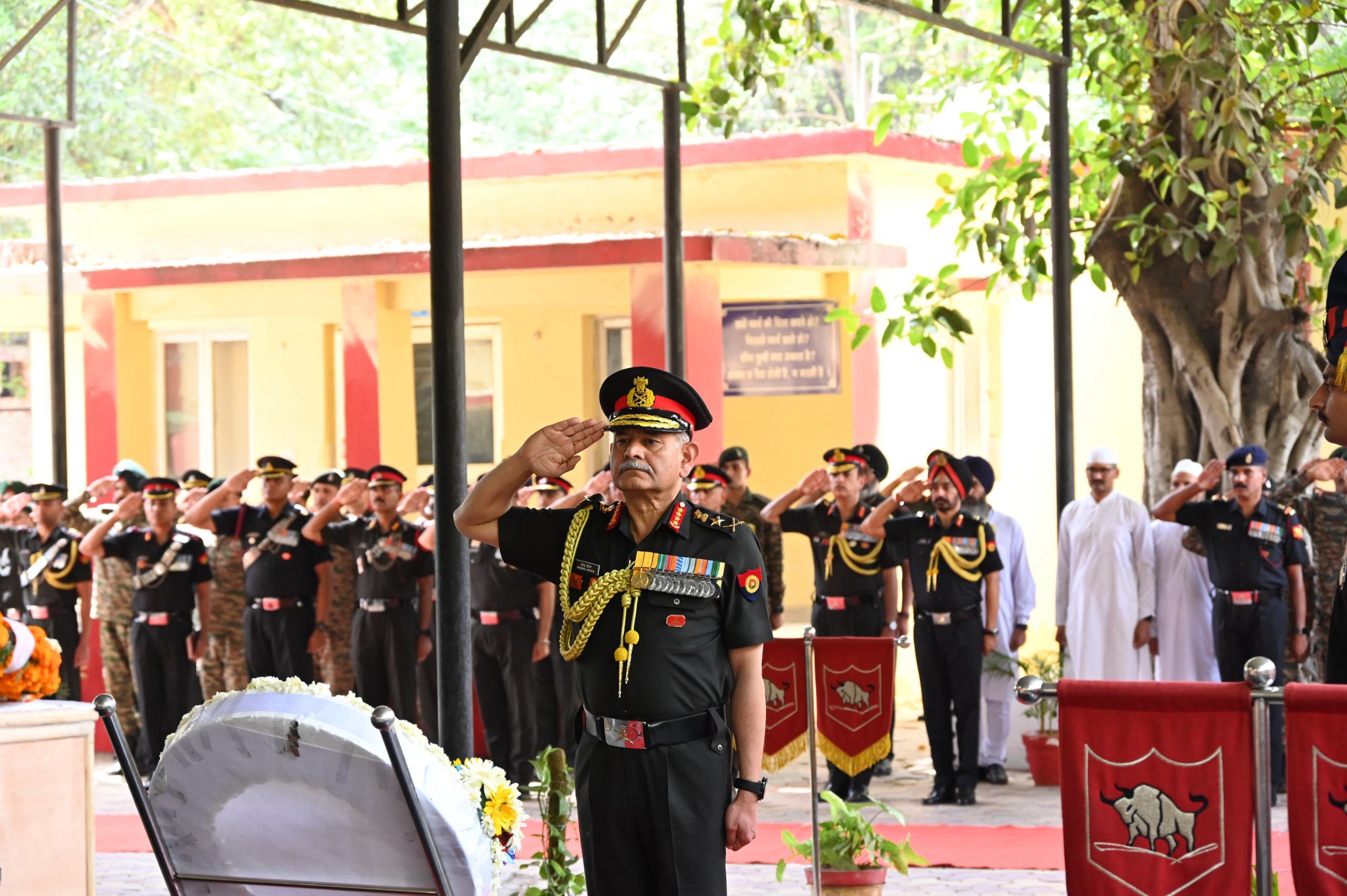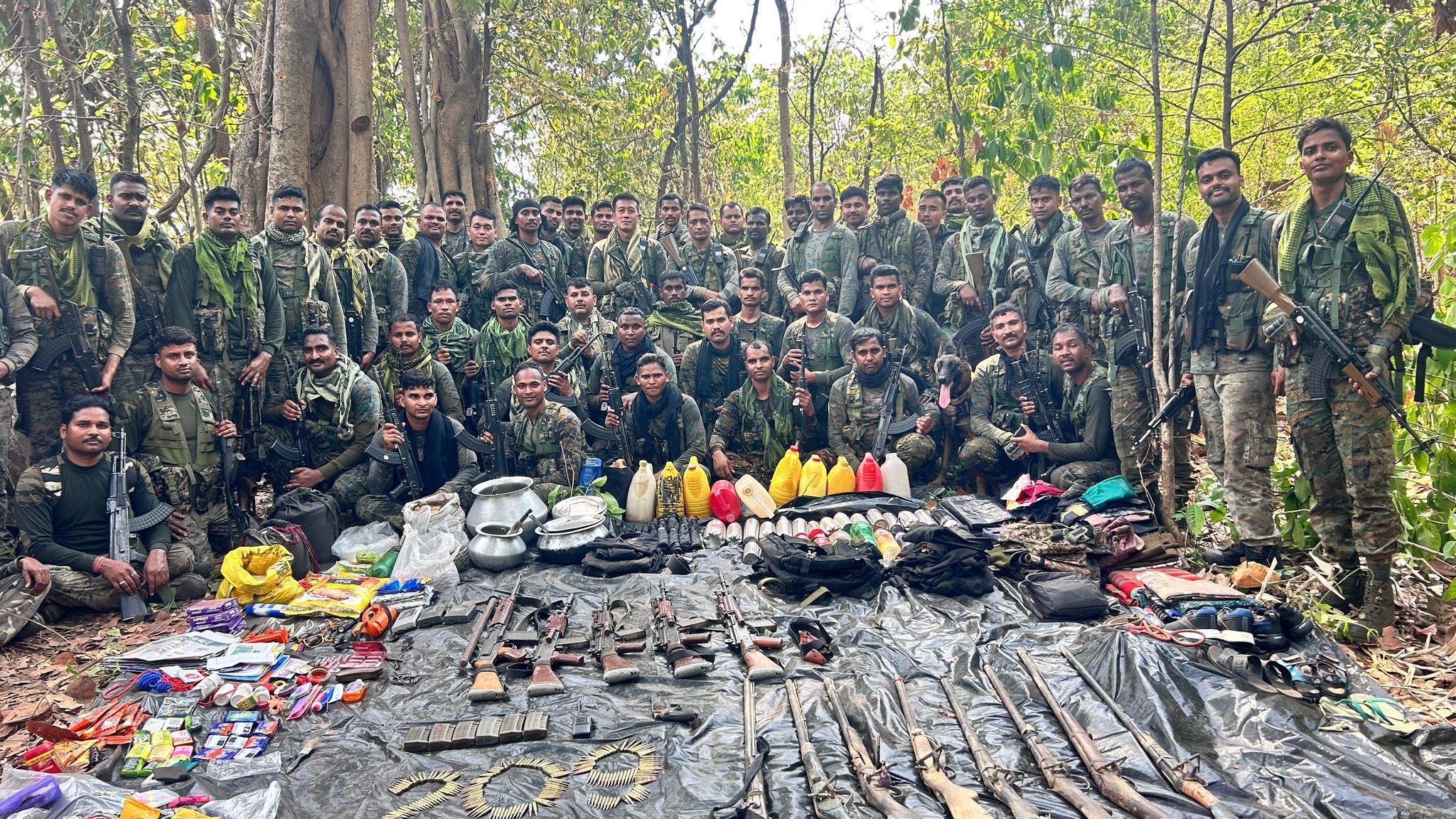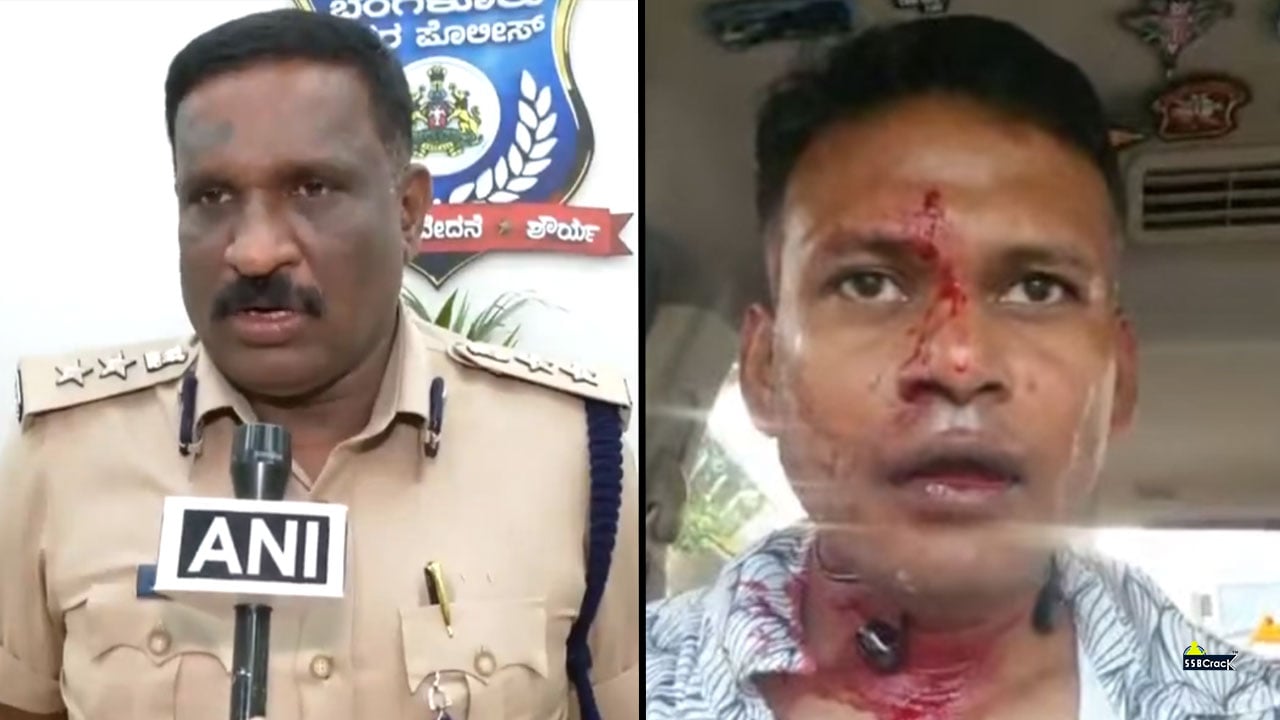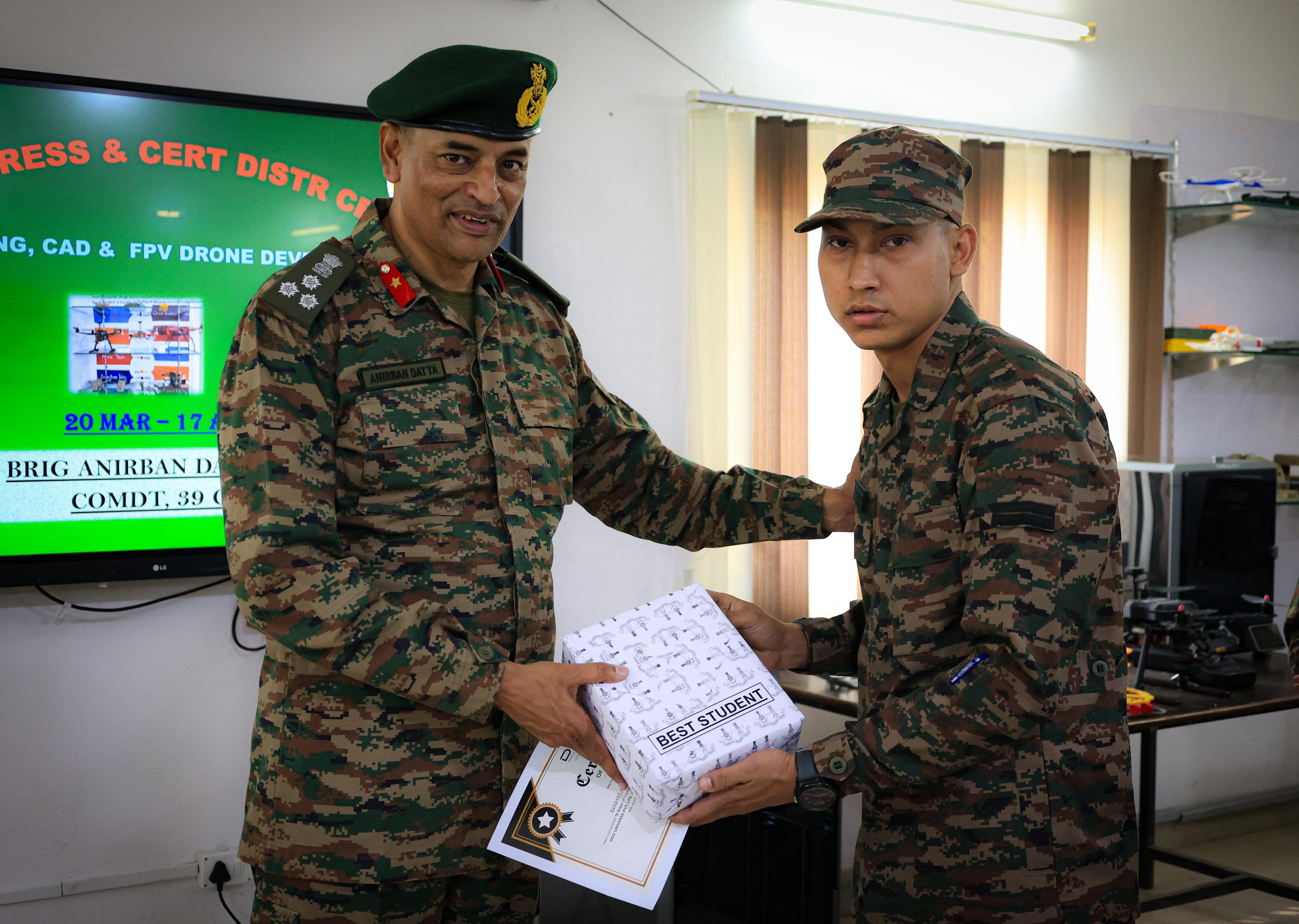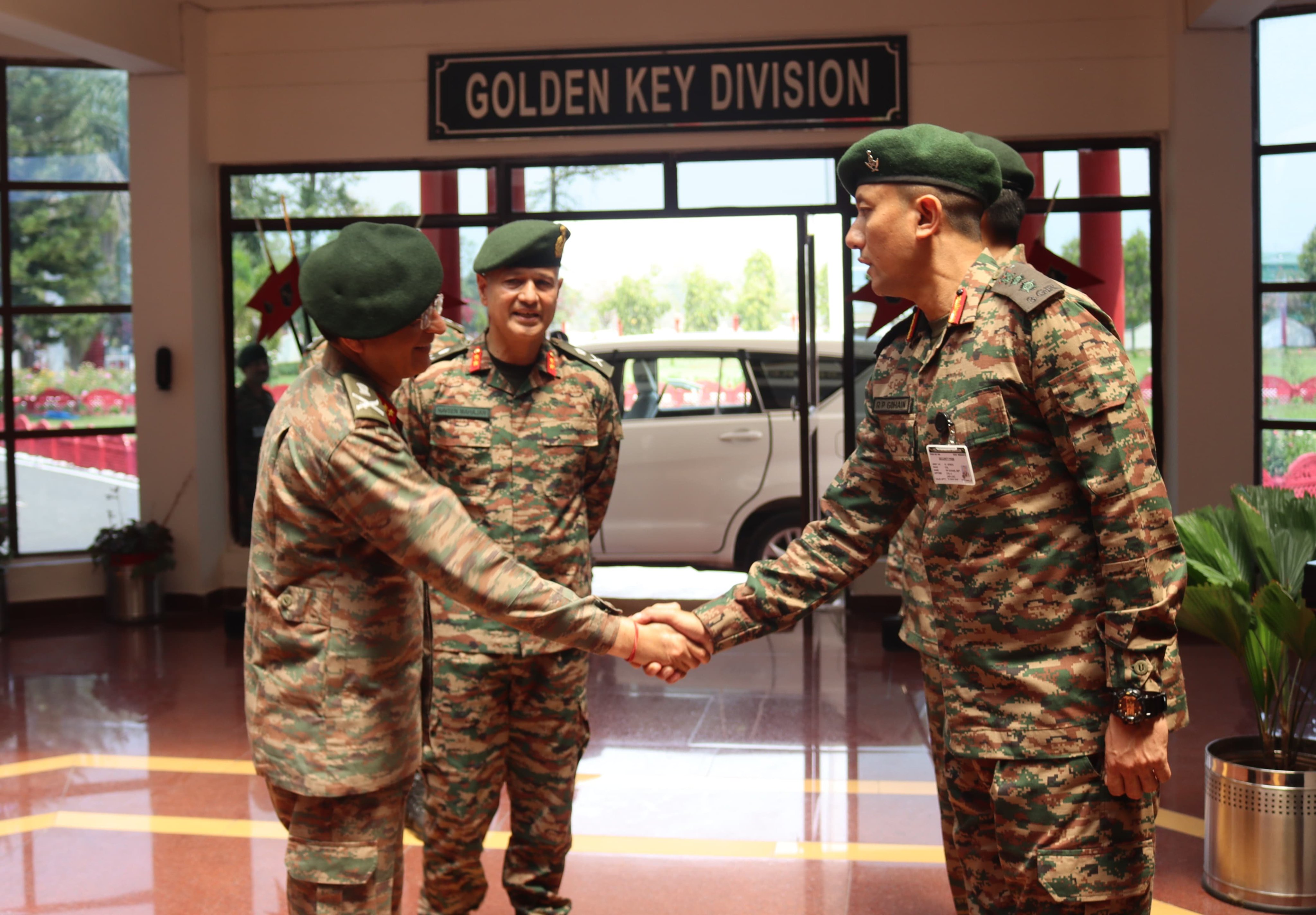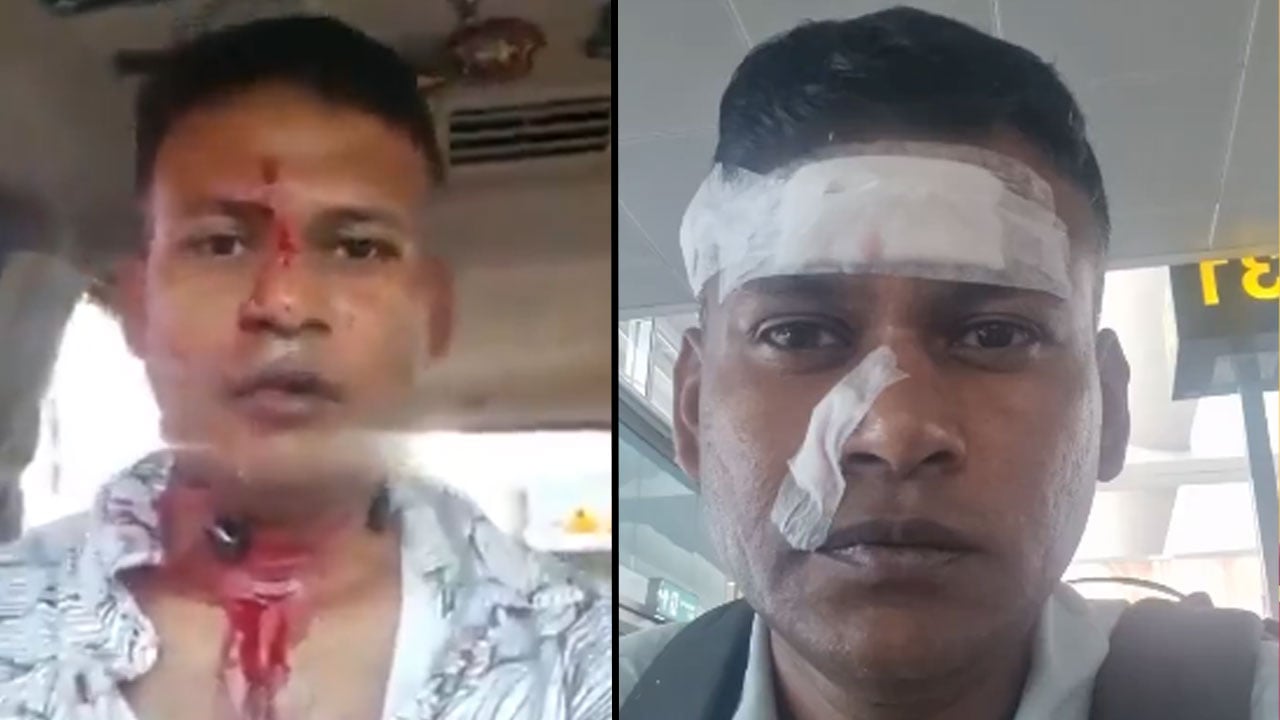General Upendra Dwivedi Pays Emotional Tribute to Fallen Comrade Naib Subedar Baldev Singh of 18 JAK RIF
In a poignant moment filled with honour and deep personal sorrow, General Upendra Dwivedi, Chief of the Army Staff (COAS),…
8 Naxals Killed in Major CRPF Operation in Jharkhand’s Lugu Forest
In a significant blow to the Naxal insurgency, a joint operation by the Central Reserve Police Force (CRPF) and Jharkhand…
IAF Wing Commander Assault Case is Road Rage Not Linguistic Dispute – DCP East Bengaluru
A road rage incident in Bengaluru has left Indian Air Force (IAF) Wing Commander Shiladitya Bose and his wife, Squadron…
39 Gorkha Training Centre Conducted 3D Printing & FPV Drone Development Course at Varanasi
In a significant stride towards integrating cutting-edge technology into military training, the 39 Gorkha Training Centre in Varanasi, under the…
Lt Gen Navin Sachdeva Visits Golden Key Division, Reviews Operational Readiness
Lt Gen Navin Sachdeva, Chief of Staff of the Indian Army’s Central Command, visited the Golden Key Division on Sunday…
Wing Commander Shiladitya Bose Assaulted in Bengaluru
In a swift turn of events, the man who allegedly assaulted Indian Air Force officer Wing Commander Shiladitya Bose in…

